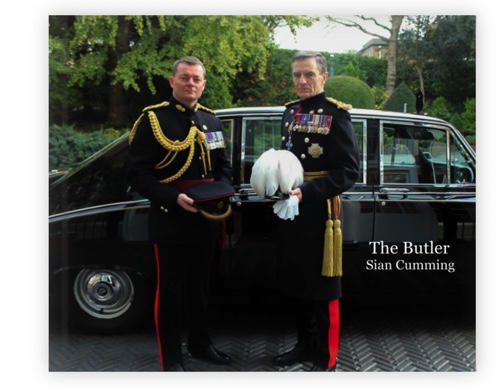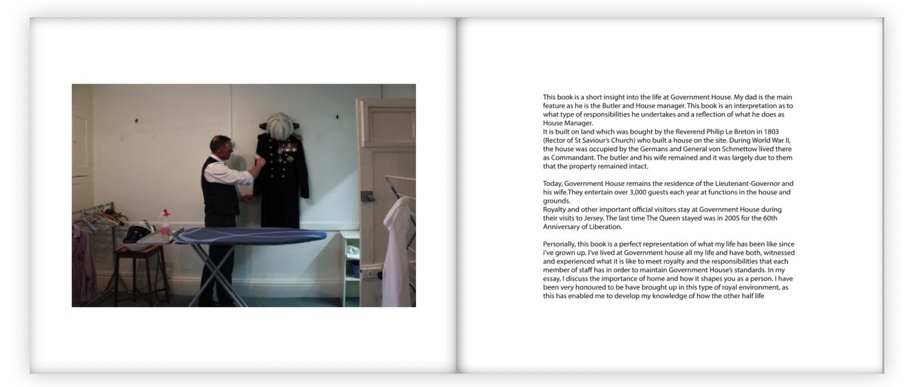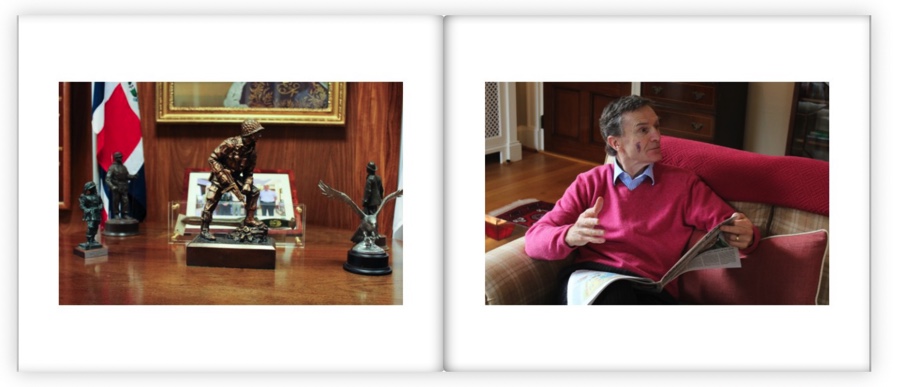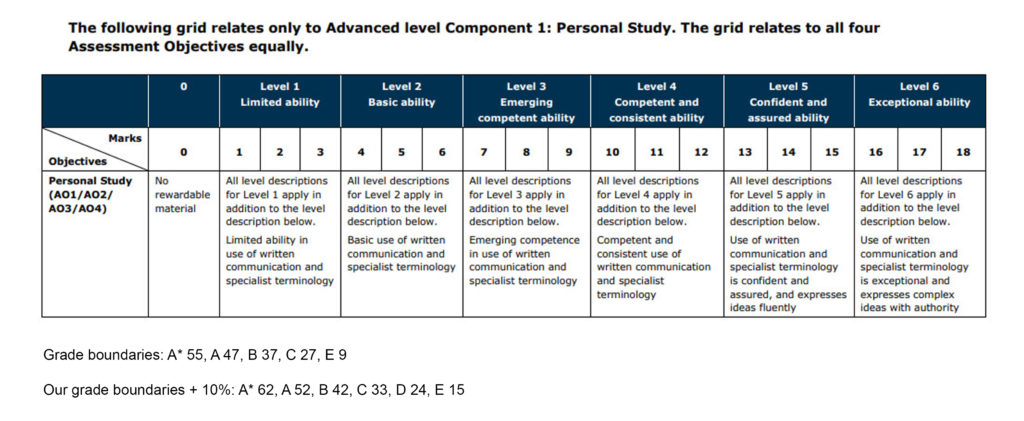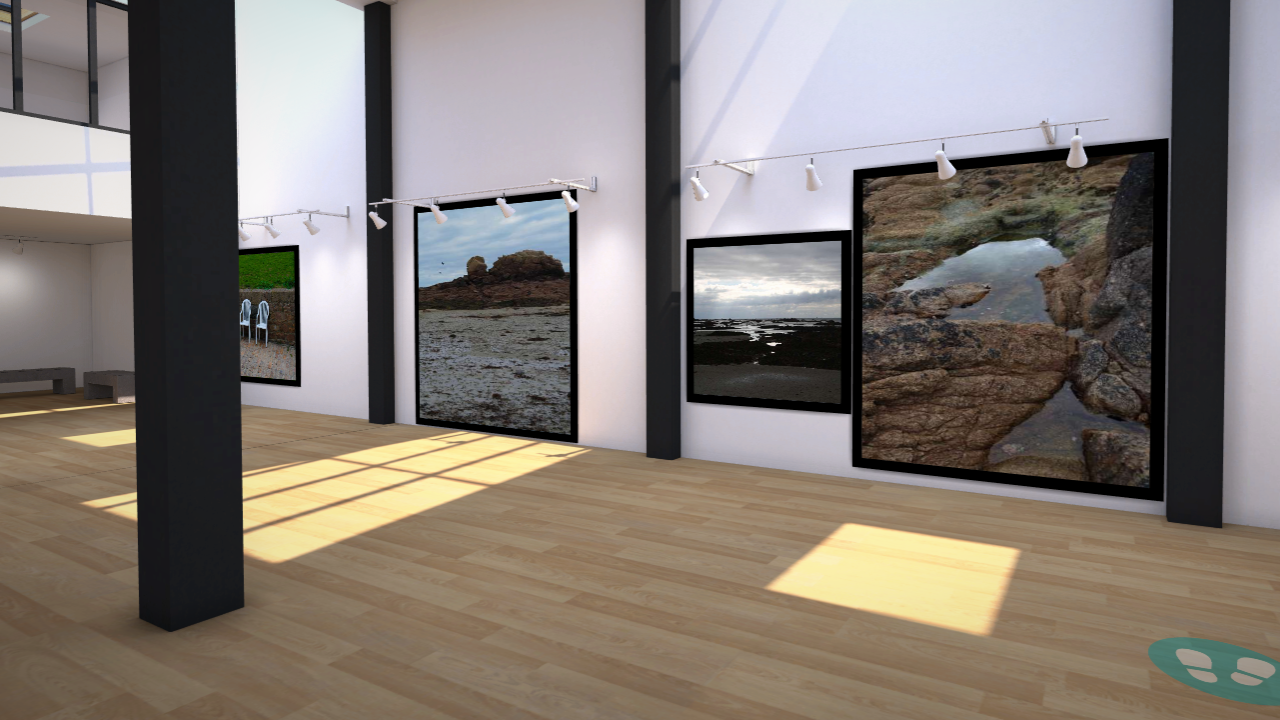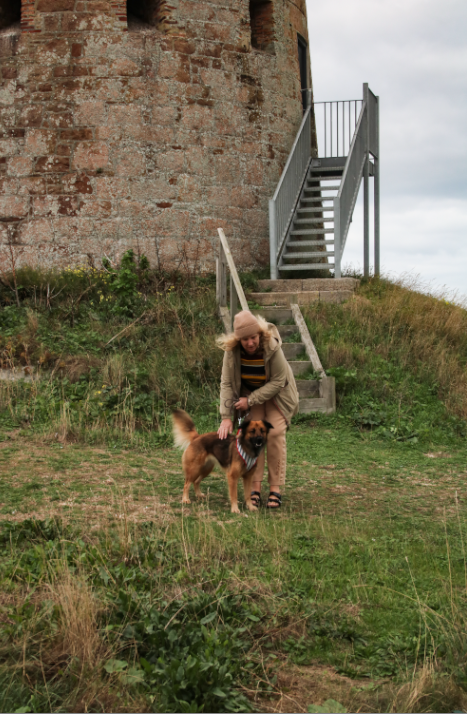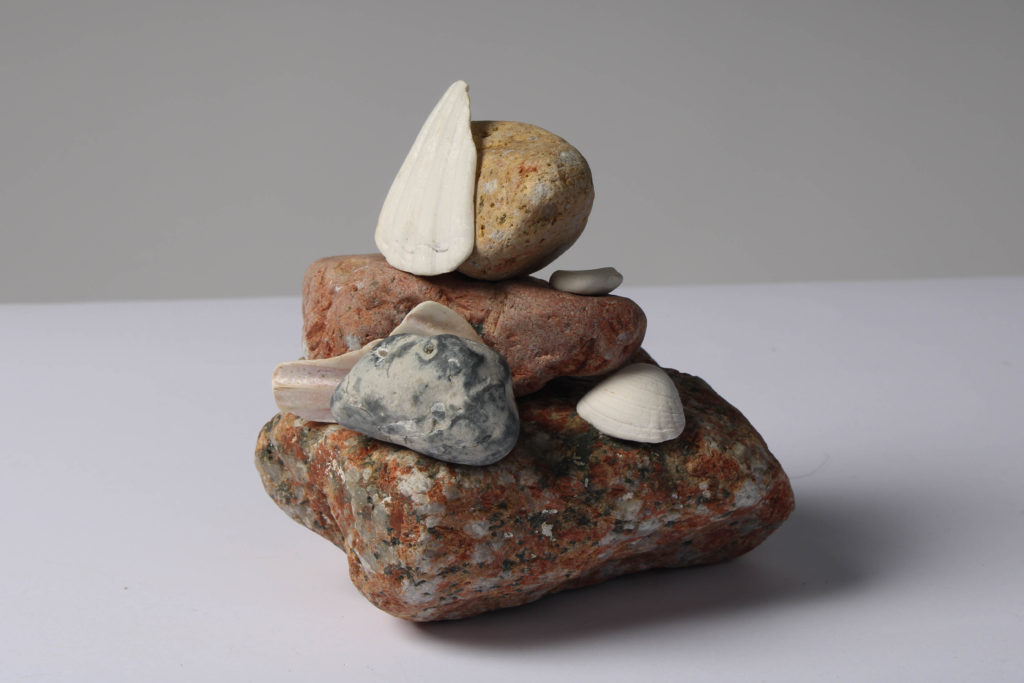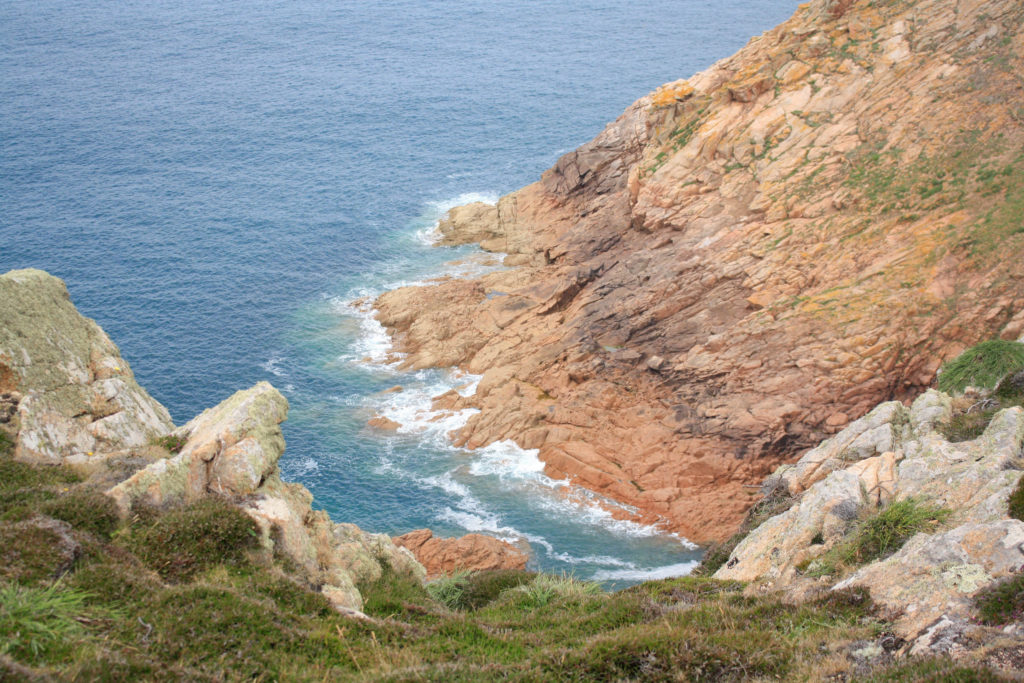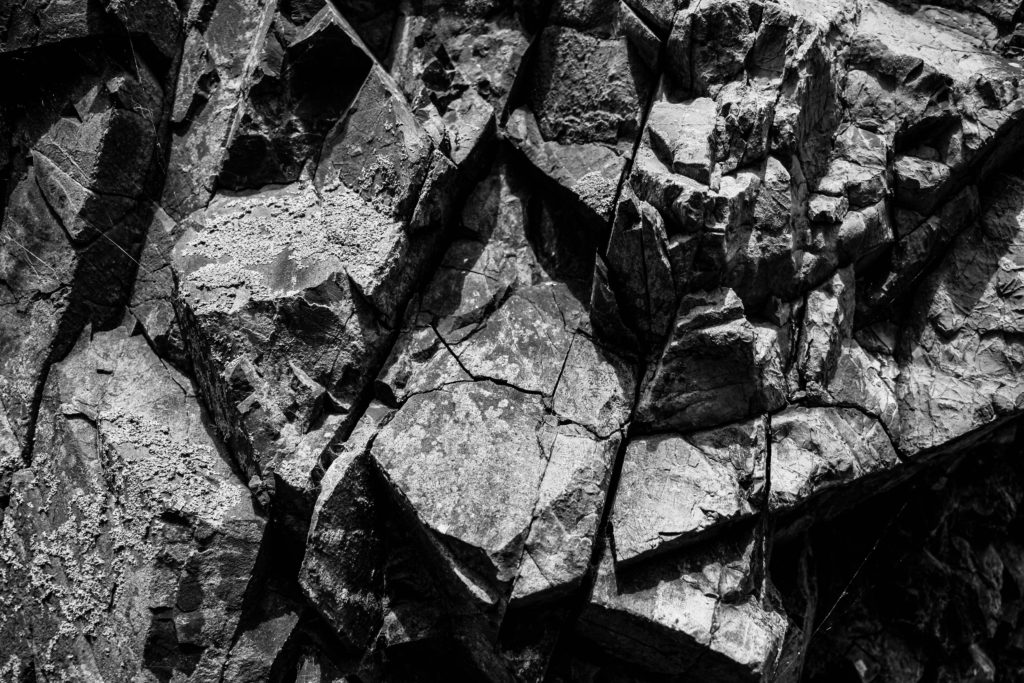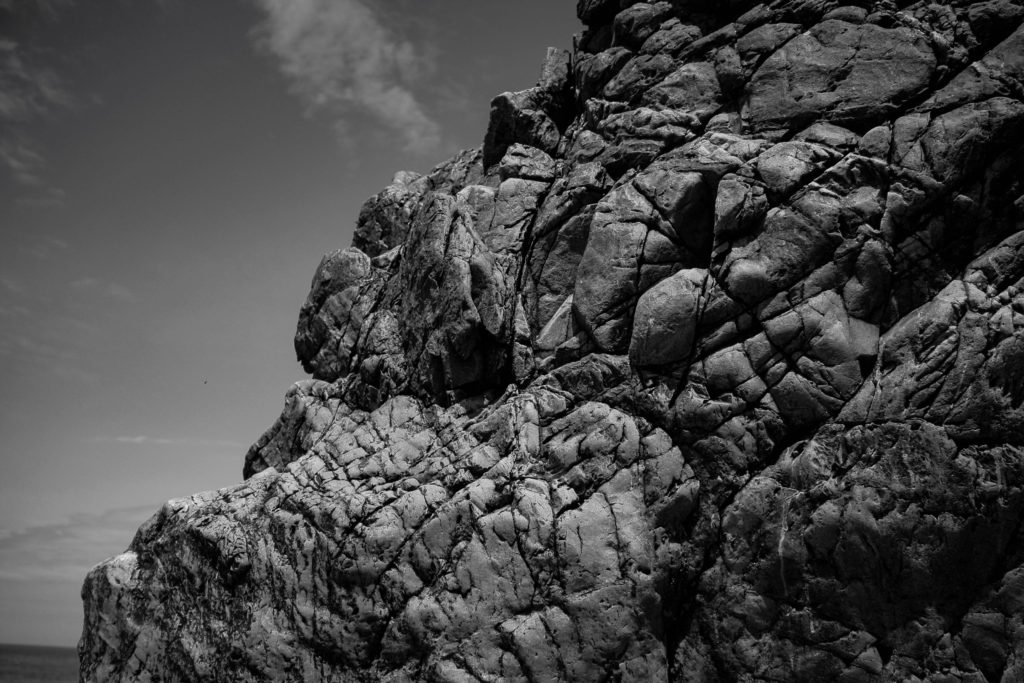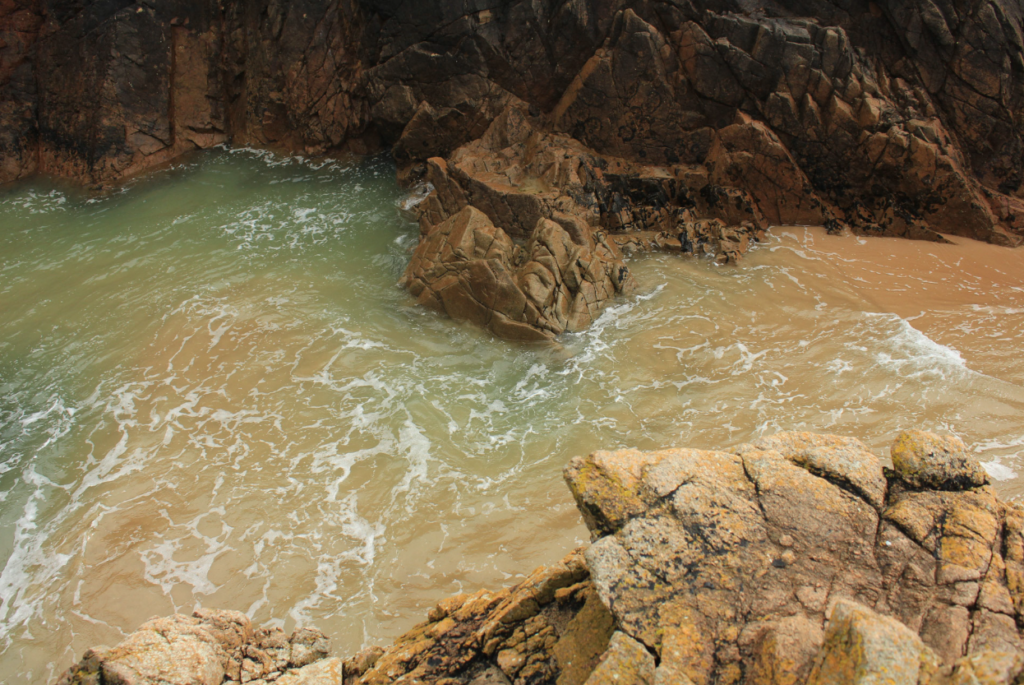- Does the essay address its hypothesis?
The essay’s hypothesis was to show how three different artists captured “the invisible” and reflecting a meaning of memory. I feel that this has been done to an acceptable standard.
- Does it provide new knowledge and understanding?
The answer provided shows detailed and complex understanding of each of these artists, with an in-depth introduction and conclusion.
- Is the essay well structured with a sense of an introduction, paragraphs and a conclusion?
‘Someone once said that you die twice; when you die the first time and when somebody finds a photo of you and no longer remembers who it shows.’ This is the response’s opening line. It is succeeded by the introduction paragraph that gives the reader a taste of what is to follow. The conclusion is similar. It is a summary/recap of what has previously been stated, yet from a more personal perspective.
- Use and flow of language, prose, punctuation, spelling.
Language is excellent, with careful and precise use of varying and appropriate punctuation. Flow is also accurate and easy to read.
- Use of specialist vocabulary relating to art and photography.
Specific and descriptive language of a varied range is used throughout.
- Analysis of artist’s oeuvre (body of work) and key work(s).
The author clearly selected three artists to explore. Each of these artists has their own section in the essay with reference to their work and ideas.
- Evidence of wider reading with reference to art history/ theory, political discourse and/or socio-economical context.
There is an in-depth paragraph of context for each artist. This proves that background research has been completed.
- Use of direct quotes, summary or commentary from others to make an informed and critical argument.
Opening line, “Someone once said that you die twice: when you die the first time and when somebody finds a photo of you and no longer remembers who it shows.” Direct quote from Banksy, a British street artist.
- Use of referencing system (eg. Harvard) and a bibliography.
This essay follows some guidelines of the Harvard Referencing System. It contains connections to three separate artists and the author’s surname, however a year of publication and page numbers are not featured.
- Use of illustrations with captions listing name of artist, title of work and year of production.
Majority of images have no caption, no year of production, but title of work is shown.
I would mark this essay a 16/18.
Question: How has Boltanski, Abril and Toroptsov represented the concept of capturing the invisible and reflecting the meaning of memory through the medium of photography?
‘Someone once said that you die twice: when you die the first time and when somebody finds a photo of you and no longer remembers who it shows.’
We are made up of fragmented memories and forgotten dreams. Our entirety rests in the fate of old letters, burnt photographs and meaningless possessions. We never question the invisible, it is as though we are on a relentless pursuit to try and capture what we cannot see. We abide by the rules and limitations that are enforced by the concept of death. But what happens to those who become untouchable, those who are no longer part of the flux. Their existence becomes empty and lost, they are no longer perceptible to the eye. Yet we still feel impossible and unexplained connections to the spiritless. We yearn to cherish the ‘good’ memories and except the restrictions we are faced with, regarding mortality. In doing so, the feeling of life is created, the tangibility of pleasure and pain enters our worlds and consumes us. But, photographs hold heritage and meaning, they have a depth of knowledge and feeling to them. Photographs capture single moments of existence. They can tell a story of a second in a stranger’s life in an instance. Whether it be personal, isolated, private or rare, it is has an essence of being and timelessness. The allure of time, is its youthfulness. Time is the cure for it never fails to reveal the truth. ‘Human life is embedded in time: we remember the past, we plan for the future and we live in the present. We swim in an ever-rolling stream.’
I am exploring how the invisible can be captured and portrayed through the medium of photography. And why memories hold such a powerful influence over our past, present and future. I want to find out what makes a photograph meaningful, what gives the photograph reality and how through photography the memory of a person can live on. My project focuses on exploring the invisible through three female generation’s memories; this includes my grandmother, my mother and myself. These distinctive viewpoints will enable my project to become more personal and really seek the depths of my grandfather’s life. I think memory is more than simply remembering a once present thought, but it is about connecting with the past in order for it to live on.
Christian Boltanski, Laia Abril and Yury Toroptsov all delve into the idea of memory, seeking a way in which they can capture and meaningfully discover the rawness of an image and what it can represent. I took a considerable amount of influence from Laia Abril’s photo book ‘The Epilogue’, her scientific approach to the reconstruction of a young girl’s life and death is both moving and deeply insightful. The viewer becomes emotionally awakened by the tragic narrative. For there is no escaping the feeling of missing a cherished one. There appears to be no cure except for time, time is what has made the scar of the family’s loss more bearable. Laia Abril’s interpretation of the concept of memories is identified in her project The Epilogue. The narrative explores the Robinson family’s journey and aftermath of losing their beloved twenty-six year old daughter, Cammy, to bulimia. Laia Abril reconstructed Cammy’s life through the abstraction of memories. She beautifully and scientifically crafted the grief and suffering the family fought, as well as, the raw emotions which surrounded the topic of remembering a loved one. A book absent of clichés, emotionally awakens its audience by the sadness and intensity the story brings to the forefront. The individual becomes invested in each photograph, due to there being some sort of significance shown of the young women’s life. The cover of the piece offers the first simplistic reflection of the nature the narrative. Personal readings, letters and clippings brings Cammy’s life into reality and makes her existence more than a death certificate. Diaries, agenda books and medical records express her desperation she must of felt, proving she once had emotions and felt the way we feel today. Archive images of family members, friends, houses, locations and objects symbolize Cammy’s life history and her importance as well as her mark on the world. In particular images there is a sense of honesty and peacefulness. For Cammy did not live her whole life consumed by the illness, therefore, had childish memories, typically ones which we would expect at a younger age.
Abril photographs several aspects of Cammy and her family’s life, however, I think the most powerfully beautiful images are the ones which really project her innocence, vulnerability and regret. A memorial collage of photos of Cammy, which is in the living room of the Robinson’s house, is alike to a snapshot of Cammy’s life. It exudes life and happiness, although this may have not truly reflected her feelings and illness she faced at the time. It is there for the comfort of her family to know and remind themselves that she once was a content and fortunate child. Abril has included a pop up of an extract from what looks like a newspaper. It could possibly be a memorial or announcement viewable for the public, Abril has designed it to lie next to the collage and create a shadow over it slightly. Although this is a very subtle detail it translates a distinct message; it shows the favorable memories behind the harshness and rawness of her death. Moreover, Abril creates an interactional style which allows an audience to become involved in the memories and life of Cammy, as well as, the curiosity of knowing and desiring to understand more of the invisible. On the opposite page Abril has photographed the hundreds of letters of condolence the Robinson family received. Again this contrasts with the following photograph of the collage, Abril has created a book that is a constant rollercoaster ride of emotion. The archival images used have been chosen specifically to evoke a sense of feeling especially the ones of her as a child. The photographs have history and meaning to them; there is an essence of the past and remembrance reflected through each one. The individual archival images have importance and uniqueness which symbolize the compelling nature of memory. Abril’s work inspired the idea for my collage of archive images I had found and been given to my family members. The majority of photographs in my project are concentrated on the death of my grandfather and his absence, therefore I felt it would be beneficial in order to create a piece which reflected small moments of his extraordinary life in a simple flick of a page.
Similarly, Yury Toroptsov toys with the concept of creatively discovering the invisible. Deleted Scene focuses on a journey in search of a father he never knew was led by an invisible path. With a relentless pursuit Toroptsov traveled to Eastern Siberia in order to tell us a unique and complex story. Toroptsov’s project is parallel with Abril’s interpretation of making the invisible visible. Furthermore, mutually they have intertwined the character and personality of the ‘people’ they are ‘photographing’. The topic Toroptsov is tackling is one many may struggle with in terms of the emotional exposure. Toroptsov has taken a more poetic approach with his style in this particular photo book. Rather than displaying objects and using archival images in an almost scientific way, he has explored the idea of creating his story from metaphorical photographs. The meaning behind the photographs he has chosen are not simplistic nor are they easy interpretations. They are filled with emotion and desire to learn who his father was. The images are ones in which you need to consume yourself in so to speak. However, when it comes to the concept of memory and photographing the invisible Toroptsov has allowed his audience to deduce whatever they will from the photograph. In order to successfully answer the question I have posed, analyzing a single image from Toroptsov’s project Deleted Scene, will support me with grasping a more in depth comprehension of how he has managed to photograph such a complex conception. As I previously mentioned Toroptsov’s work takes on a much more poetic and metaphorical approach, therefore I thought it would be appropriate to analyze a one which symbolized this. The title page of Toroptsov’s project is a simplistic yet inviting opening to the narrative, this is a particular favourite of mine in comparison to other projects I have studied. I think it is very clever how the design of the front cover hides the individual’s face, which is their identity. Furthermore, the colour it has been edited to brings a vintage and classical style to it. Which is further emphasized by the Polaroid type of photograph chosen to be displayed on the initial page.
The third academic to be addressed when concentrating on memories and understanding the medium of photography is Christian Boltanski. Boltanki believes every individual is unique, because of each one comprising the capability to think and remember differently. Implying we consist of all these experiences and memories. ‘What is most important is most fragile.’ Boltanski wants to touch people, even make them weep, in order to stir emotions. The role of art today in Boltanski’s view is to move people, it is to ask people questions about good and evil, about disappearance after death and so on. Although Boltanski has claimed he has no answers for such questions. ‘In my view you can equate the photograph with a dead body, just like an item of used clothing; it has the memory of something, and it is an object where the person behind it has disappeared.’ I think Boltanski’s analysis of memory offers an alternative to traditional views, as well as his thoughts around the medium of photography. He genuinely thinks people should connect with the art work and attempt to have an understanding of it on a higher level. Therefore, when completing my project I focused on the importance of having meaning and intensity behind the image.
Overall, Abril, Toroptsov and Boltanksi all have their own individual techniques and thoughts on how to capture the invisible and convey the concept of memory, through the medium of photography. I have found each photographer to be heavily influential over the development of my photographic project. However, I have found Abril’s project The Epilogue to be particularly striking and relatable. Likewise, Toroptsov’s project, Deleted Scene, proved to be highly effective with regards to the poetic and metaphorical interpretation of the concept of memory. For example, I photographed specific places where I felt memories of my grandfather were the most prevailing. Places such as Queens Valley Reservoir are key remembrances which are where I feel closest to him. As I am personally not religious, the idea of remembering someone or wanting to feel closer to them is not directly linked the church or other religious pathways. Rather, my elucidation of a religion and having the opportunity to remember someone is to surround yourself with a place which reminds you on that individual. Boltanski opened a more intellectual and exclusive attitude to memory. His approach made me think more deeply about the type of photographs I wanted to produce, for example, I created a photograph of a set of photo frames my family have on the window sill. I have combined both artistic styles of photography to create a photo book which shows the complexity and intricacy of photographing an individual who no longer exists. I wanted to include emblematic images in order to truly express the value, worth and beauty of my grandfather’s life. For the time my grandfather was alive is not the limit to his existence, the memories which are carried on through family members such as my grandmother and mother are what make his memory live on. The archive images, readings and objects which I has used all have some sort of relevance to his life. Their continuing existence enable my grandfather’s invisibility to be visible.
‘I believe in the importance of every single human being, but even the most important ones disappear quite quickly, especially their little memory. What is most important is most fragile.’
